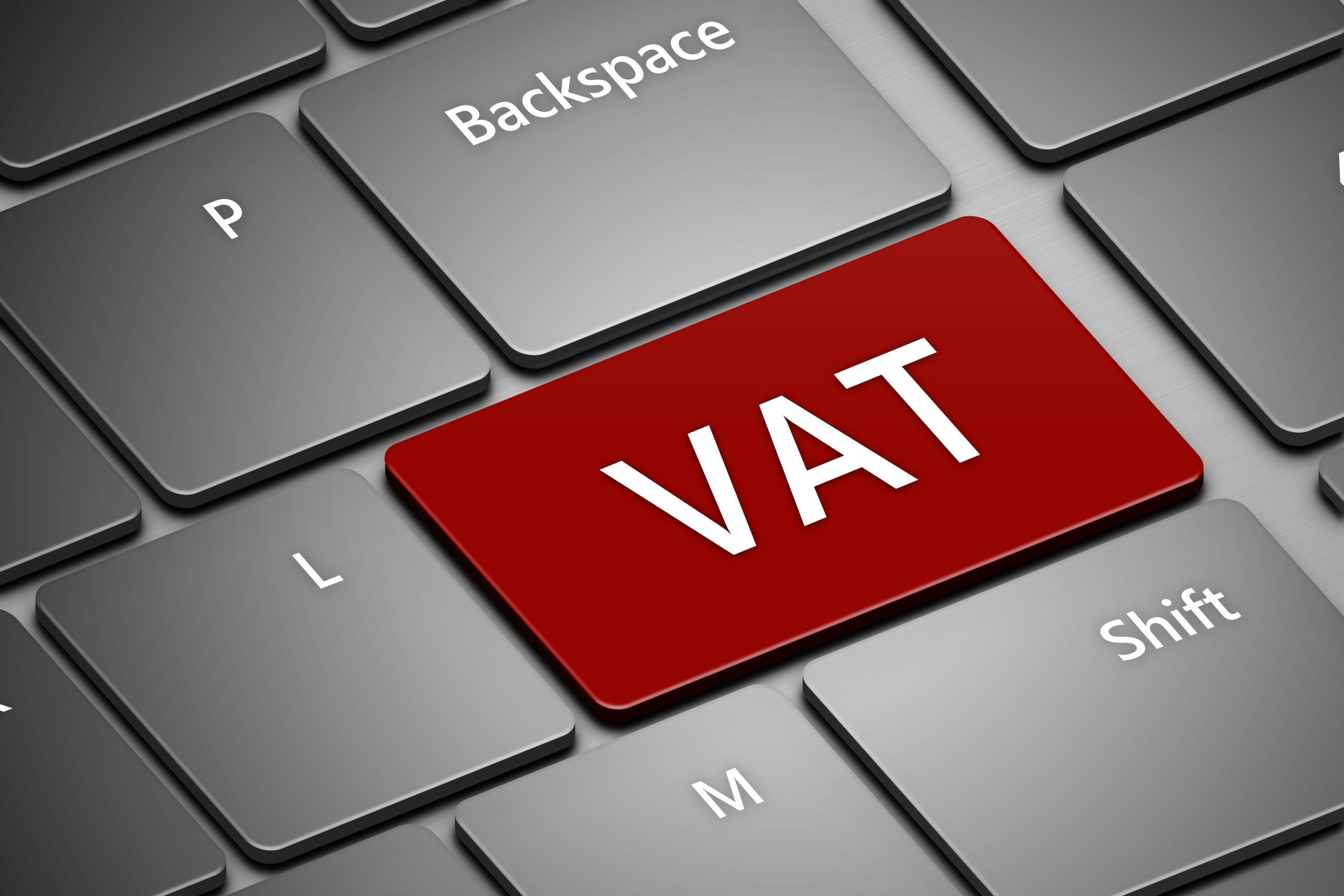Value Added Tax (VAT) is a vital element of financial transactions for business operating in the United Kingdom. Understanding how to prepare a VAT return is essential for companies registered for VAT with HMRC. This comprehensive guide will help businesses navigate the financial landscape by offering valuable information about the VAT return process.
What is VAT, and why is it important to you?
VAT is a tax based on consumption which is charged on the sale of goods and services. You have to pay VAT when you sell your products or service in the event that your business is certified for VAT. It involves collecting the VAT from the customers, paying it to HMRC and providing your customers with an invoice or receipt which explains the VAT included in their purchase. In addition, when you purchase items and receive VAT invoice that outlines the amount of VAT that was included in the purchase. Keeping precise details of these transactions is essential to be able to claim VAT from HMRC.
The Basics of VAT Returns
One of the fundamental obligations for companies registered for VAT is filing regular VAT returns with HMRC. VAT returns are document that summarizes sales and purchases the business has made over the specified time. It is essentially a method to report on the amount of VAT they have collected from their clients and how much they paid for their purchases. This is typically done on the basis of quarterly.
How to prepare a VAT return: Step-by step guide
1. Understand Your VAT Period: Before diving into the process of filing, it’s essential to be aware of your VAT period. In the UK, businesses typically file VAT returns quarterly. You should be aware of the dates for the VAT period.
2. Create a list of information about sales and Purchases: Collect relevant information regarding your sales and purchases over the period of VAT. This includes sales invoices that you send to customers and purchase invoices issued by suppliers, as well as any other relevant financial records.
3. Calculate the Output Tax. Output tax is the same as the VAT you paid to your customers on sales. Calculate the output tax total by adding the VAT that you have charged on all your sales made during the VAT period.
4. The input tax can be calculated by adding up the VAT charged on all your purchases in the period of VAT. Calculate the amount of input tax by adding the VAT paid on all your purchases throughout the VAT period.
5. Complete the HMRC’s VAT Return Form. Utilizing all the data you have gathered from the previous step, fill out the VAT return form of HMRC. The form has sections that show the total value of your purchases and sales, as well as output tax and input tax.
6. HMRC should get your VAT Return in the timeframe you specify. HMRC’s Making Tax Digital service allows you to submit your VAT return online. This is an efficient way to meet your taxes due to VAT.
Common errors to avoid
If you’re not timely in the filing of your VAT return, penalties could be imposed. Your business may suffer financial penalties when you file your return late.
Incorrect information: Make sure you review all the information on your VAT returns to ensure accuracy. Errors in calculation or incorrect figures can lead to confusion and issues with HMRC.
Failure to claim the Input Tax Inadmissible: Businesses are able to be eligible to claim VAT on purchases. Be sure to know what input tax you can reclaim. This could have a significant impact on your VAT liability.
You can also read our conclusion.
The UK’s financial management system is not complete without a thorough knowledge of the VAT system. Knowing how to prepare a VAT return, the intricacies of VAT returns and the use of a thorough VAT guideline are vital for maintaining financial compliance and ensuring smooth operations of your business.
Businesses should be careful when preparing VAT returns and with precise. Understanding the process as well as avoiding errors and making use of the available resources can aid companies in reducing their VAT obligations. This can help to ensure financial stability and compliance with the regulations. If you are a business owner who is new to VAT, or a veteran It is essential to stay updated and active when preparing your VAT returns. This can help create a positive financial environment for your business.
